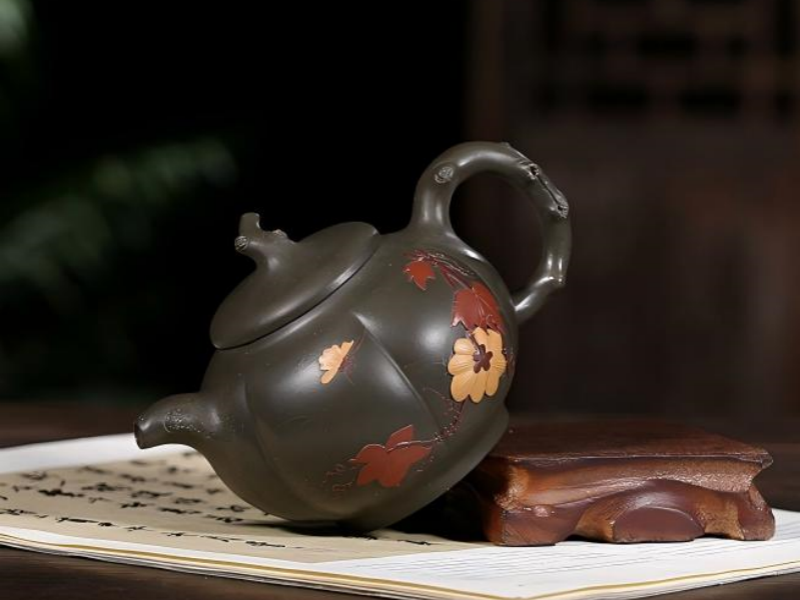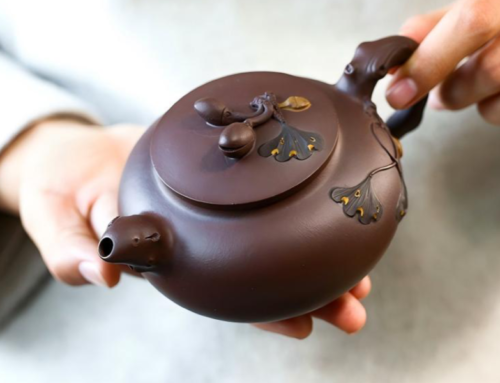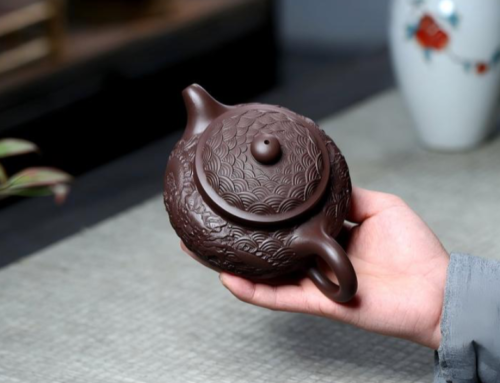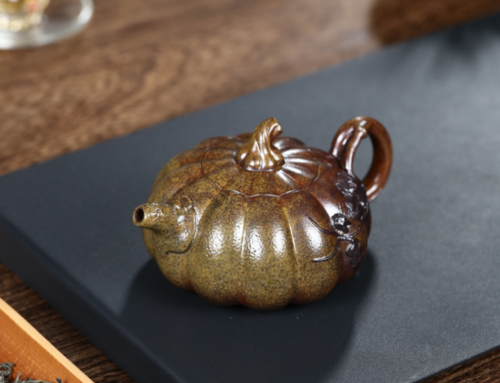Teapot Care: How to Clean, Remove Stains, and Extend Your Teapot’s Life
Keeping your teapot clean isn’t just an exercise in aesthetics—it’s the best way to get flavourful tea and to ensure your favourite pot will last for years to come. With a little care your ceramic, porcelain, clay, glass, or stainless steel teapot will serve you well, day after day. In this guide to Teapot Care: How to Clean, Remove Stains, and Extend Your Teapot’s Life, we’ll cover all there is to know about keeping your teapot clean, stain free, and ready for daily rituals.
Why Clean and Maintain Your Teapot?
Just like the leaves you steep, the vessel you steep them in matters. Without regular upkeep, your beloved teapot can quickly build up with stains, scale, and even mold. As delicious as your favorite mug of strong-brewed black tea or pot of herbal infusion is, once they’re done, leftover tea residue can turn into stubborn tannins that stain and even alter the natural flavor of your freshly brewed teas. You may find your favorite green tastes bitter or faint, musty odors start to develop. These are all signs that your teapot requires more than just a quick rinse. Additionally, hygiene is a big consideration. Damp areas commonly found inside the pot, such as un-dried spouts, can be a breeding ground for bacteria and mold. This is especially true of humid climates with infrequent teapot use, if you forgot to decant the leaf or the pot isn’t completely dry. It’s not just neti pot use that can lead to infection; less-than-perfectly-clean teapots have been known (in rare occasions) to play host to E. coli or mold spores. More surprisingly, regular maintenance is also an important way to make your pot teapot last longer. Many people don’t realize that the mineral deposits left behind by hard water can leave tiny cracks in ceramic or glass teapots and that the acids in tea leftovers can slowly eat away at metal surfaces. If left unchecked, these small problems build up to eventually create chips, cracks, or even completely broken teapots. Fact: A study by the UK Tea & Infusions Association found that more than 60% of teapot owners end up replacing their pots due to staining or damage that could have been avoided if they’d looked after them. Regular cleaning and care will save you money in the long run too. Teapots, especially handmade or vintage ones, are a serious investment. Protecting that investment with a simple maintenance routine ensures that you can enjoy perfect cups of tea for years to come, without the cost of unnecessarily replacing your teapot. In summary:
Basic Pot Teapot Cleaning Techniques
Every teapot, no matter if it’s porcelain, stoneware, clay, or stainless steel, needs regular cleaning. This helps to remove residual flavors and keeps unsightly stains at bay, resulting in a fresh-tasting cup of tea every time. Here’s how to get to grips with the basic technique of pot teapot cleaning, so your teapot looks the business every time.
Essential Tools and Supplies: What You Really Need
You don’t need a cupboard full of fancy gadgets or harsh chemicals to clean your teapot. In fact, most of the tools for proper pot teapot cleaning are probably already in your kitchen. Here’s a quick checklist:
Avoid: Steel wool, harsh bleach, and scented detergents, as these can scratch, discolor, or leave residues that affect taste.
Daily Cleaning Routine: Step-by-Step
After every use, a simple routine will keep your teapot in tip-top shape:
Tip: For glass teapots, regular rinsing prevents cloudiness and keeps them sparkling.

When and How to Deep Clean
Even with daily care, a deeper clean is needed every couple of weeks or when you notice lingering stains or off-flavors. Here’s how to do a thorough job:
For stainless steel or metal teapots, a deep clean also helps eliminate mineral build-up from hard water. If you have an antique or decorative teapot, always check the manufacturer’s instructions or consult a professional before deep cleaning. Quote: “Regular, gentle cleaning is the key to a teapot that lasts a lifetime and brews the best-tasting tea.” — Jasmine Lin, Tea Sommelier
Removing Stains and Build-Up
No matter how careful you are with your daily cleaning process, stains and burn-on will creep into the corners of every well-loved teapot eventually. Before long, even the most attentive tea drinker will start to notice brown rings, cloudy marks or faint smells that won’t disappear with a simple rinse. Understanding the causes – and mastering the removal – of stains is a simple but important part of pot teapot maintenance.
Causes of Stains
The most common causes of stains in pot teapots are the same three usual suspects:
Fact: Tea experts say that if the pot is in daily use and not cleaned, visible staining will appear within a fortnight.

DIY Stain Removers
When stubborn stains form, don’t despair. Many gentle, effective cleaning techniques can restore your teapot’s original luster. And you probably already have several of these stain-removing powerhouses in your own kitchen!
Natural Stain Removal Methods
Natural Stain Removal Methods
| Method | Best For | Directions | Notes |
|---|---|---|---|
| Baking Soda Paste | All materials | Scrub gently, rinse well | Safe for daily use |
| Vinegar Soak | Metal, glass | Soak 30-60 min, rinse thoroughly | Avoid on porous clay |
| Lemon Juice | Porcelain, glass | Soak 1 hr, rinse | Fresh scent, mild cleaner |
| Salt & Ice | Glass, stainless | Swirl vigorously, rinse | Quick, effective |
Data Source: The American Ceramic Society, “Teapot Materials: Care and Cleaning Tips” (https://ceramics.org/ceramic-type).
Data Source: International Ceramic Artists Network (ICAN), “How to Clean Teapots by Material” (https://ceramicartsnetwork.org/daily/article/Teapot-Cleaning-and-Care).
When To Use Commercial Products
When nothing else works, sometimes you have to pull out the big guns. Commercial teapot cleaners, sometimes sold as descalers or coffee pot cleaners, can do the trick on stubborn stains—but use them sparingly and wash thoroughly. It’s a good idea to check whether a product is rated as safe for your teapot’s composition, too. Caution: Avoid bleach or cleaning chemicals, unless it’s listed by the manufacturer, as they can strip glazes, leave poisonous residue in the clay, and leave you with a permanently splotchy discolored pot teapot. Case Study: A lover of tea with a 15-year-old Yixing clay teapot was able to clean more than a decade of staining only using baking soda and warm water—no chemicals. With a few hour-long scrubs every day for a week, she had a pot with its original natural clay color. Not only did her pot look better, her tea tasted better!
Longevity Tips: How to Make Your Pot Teapot Last
A teapot isn’t just a kitchen tool—it’s a companion on your tea journey, and with the right habits, it’ll serve you for decades. Here’s how to boost the lifespan of your pot teapot and keep it looking (and working) like new.
Simple Habits to Prevent Stains and Damage

Proper Storage and Handling
How Often to Descale and Deep Clean
Pro Tip: For antique or heirloom teapots, avoid drastic cleaning methods. Gentle hand cleaning preserves both value and structure. Case Study: A collector in Kyoto, Japan, inherited a 40-year-old clay teapot. By simply rinsing after every use and storing the pot upside down, she’s continued to brew flawless tea for another decade—without a single crack or persistent stain.
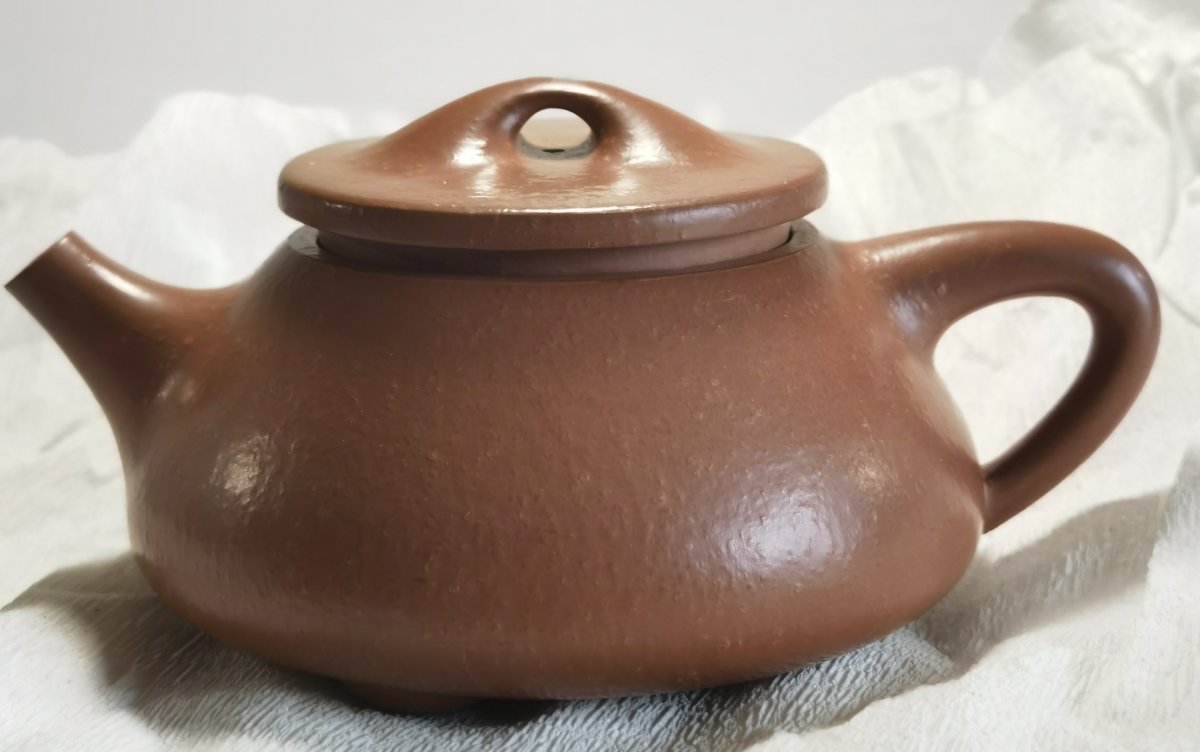
Frequently Asked Questions
Even seasoned tea drinkers have confusing maintenance questions pop up from every now and then. Here, find answers for three of the most common concerns that arise about pot teapot maintenance: cleaning, stain removal and use time.
Quick FAQ recap: Dishwasher? Probably not—stick to handwash, just to be safe. Odors? Lemon followed with baking soda and vinegar or pre-empt them with baking soda and vinegar right away Bleach? Try to avoid it if you can and use it only as a last resort Mold? Boiling water with baking soda and dry very thoroughly.
Quick Reference Table: Pot Teapot Maintenance
Every little helps when life is a juggle, so here’s a handy reference table with a summary of the most important tasks, methods, and tips for pot teapot maintenance: cleaning, stains and longevity tips:
| Task | Method | Frequency | Notes |
|---|---|---|---|
| Everyday cleaning | Warm water rinse, soft cloth | After each use | No soap for unglazed clay |
| Stain removal | Baking soda/vinegar/lemon | As needed | No abrasives, test on small area |
| Descaling | Vinegar soak | Monthly (hard water) | Rinse thoroughly to remove vinegar |
| Odor control | Lemon juice soak | As needed | Air dry completely |
| Deep cleaning | Baking soda + soft brush | Every 2–4 weeks | Focus on spout and lid |
| Mold removal | Boiling water + baking soda | If mold appears | Sun-dry if possible |
| Storage | Lid off, upside down | Always | Prevents damp, musty smells |
Data Source: The American Ceramic Society, “Teapot Materials: Care and Cleaning Tips” (https://ceramics.org/ceramic-type).
Data Source: International Ceramic Artists Network (ICAN), “How to Clean Teapots by Material” (https://ceramicartsnetwork.org/daily/article/Teapot-Cleaning-and-Care).
Conclusion: Keep Your Pot Teapot Spotless and Long-Lasting
A beautiful teapot is more than a vessel—it’s a source of comfort, tradition, and flavor. With just a few minutes of daily care and a little extra attention each month, you can stave off stains, banish odors, and keep your pot teapot brewing perfect tea for years.





